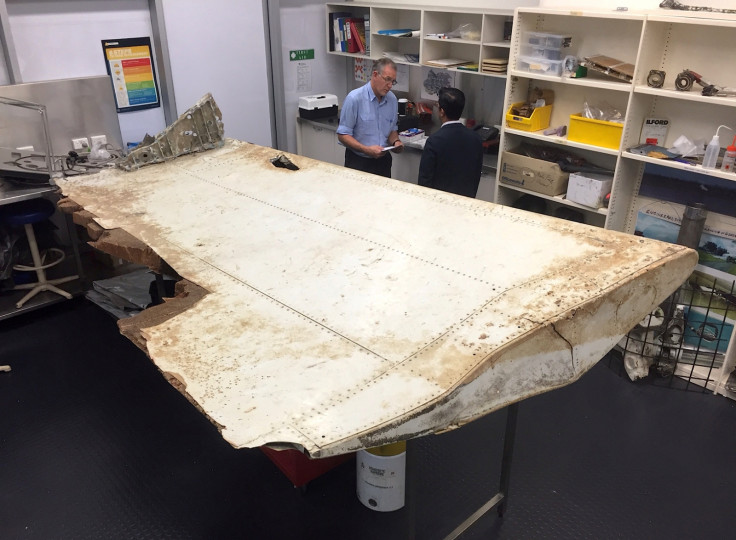MH370 search: How close are scientists to solving aviation's biggest mystery?
Australian researchers claim they know the exact spot where the missing Malaysia Airlines plane can be found in the Indian Ocean.
Nearly five months after Australian authorities suspended search operations for the missing Malaysia Airlines flight MH370 in the southern Indian Ocean, researchers have claimed that they know the exact spot where the plane's wreckage could be found.
The plane disappeared on 8 March 2014 while en route to Beijing from Kuala Lumpur.
"We think we know quite precisely where the plane is," Dr David Griffin from Australia's Commonwealth Scientific and Industrial Research Organisation (Csiro) told a national marine conference in Darwin.
The organisation has reportedly continued their research to assess the crash location of the plane, despite the Australian government suspending the physical search in January after failing to locate any piece of debris. The entire operation cost them nearly $200m.
The Australian government, which had borne a large portion of the two-year long search operation, had then said it would resume the search only if credible information of the plane's location was made available.
Griffin told the conference that findings from ocean drift modelling, examination of a wing part of the missing plane found in Tanzania in June 2016 and study of the places where other debris of the plane were located have helped them to narrow down on the new location.
The new location
Investigators have so far believed that the Boeing 777 crashed along a line known as 'the seventh arc', located to the west of Western Australia.
They had calculated the location, at latitude 39 to 36 degrees south along the seventh arc, based on the plane's last transmission and how far the plane could have glided following the crash.

In December 2016, the researchers said that an area spanning 25,000km at latitude 32 to 36 degrees south of the designated search zone was the correct location.

Further research helped them narrow down the location to a relatively smaller area near 35 degrees south, where they believe the plane's wreckage is highly likely to be found.
"There's a strong current crossing across the seventh arc at [latitude] 35 degrees south, so we think the plane crashed into that current going to the north-west," Griffin said. "That explains why debris didn't arrive in Australia."
He explained that specific damage caused to the flaperon found in Tanzania showed that it was not deployed at the time of the crash, which in turn suggested the pilot was not in control and had a hard landing.
Griffin added that their findings also show that the plane would have had a shorter maximum glide distance and, thus, it impacted closer to the seventh arc than first assumed while deciding on the search zone.
The researchers reportedly used satellite technology to precisely calculate the height of the sea level, down to the centimetre. The move was key to figuring out where the ocean was flowing on the fateful day of 8 March 2014.
"And so that's the basis of how we know this current was flowing across the seventh arc at this time," Dr Griffin said, according to Australian Broadcasting Corporation (ABC).
The Csiro has handed over its research findings to the appropriate authorities, who will now decide whether to resume the search for MH370.
The families of the victims had demanded the Malaysian, Chinese and Australian governments to resume the search to give them closure by finding answers to the mystery, which is being referred to as one of the biggest mysteries in aviation history.

© Copyright IBTimes 2025. All rights reserved.



















